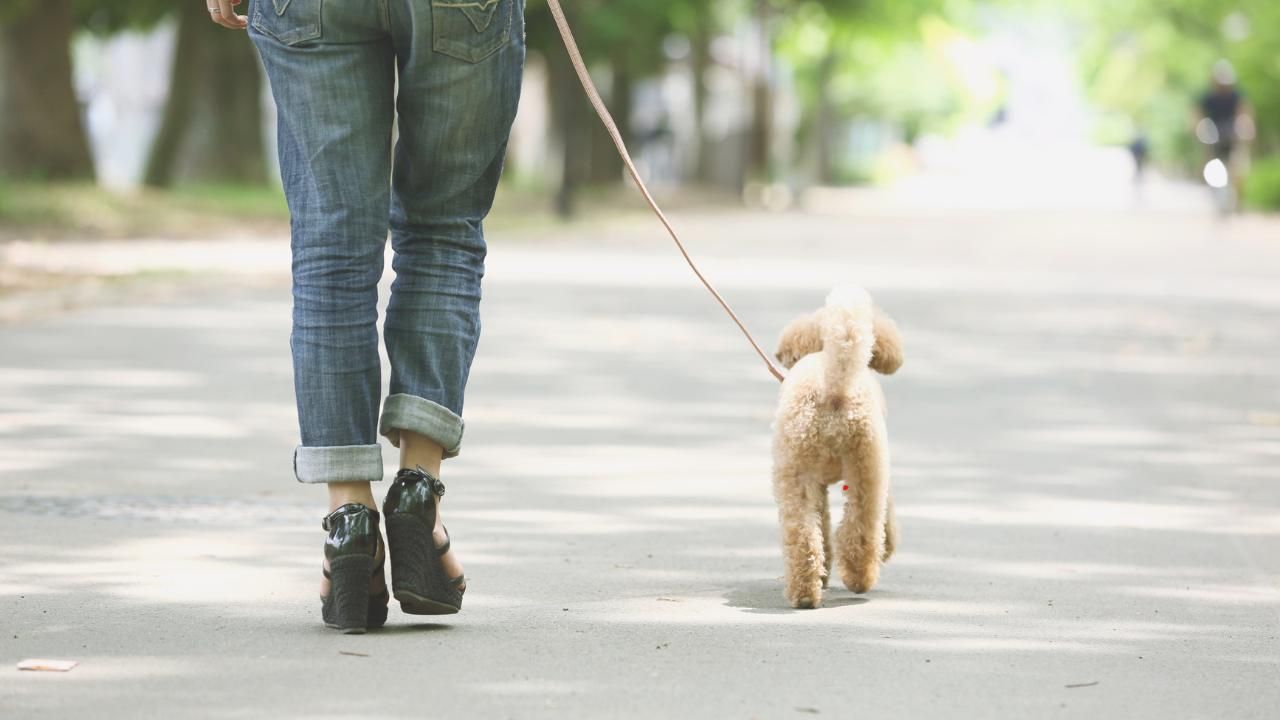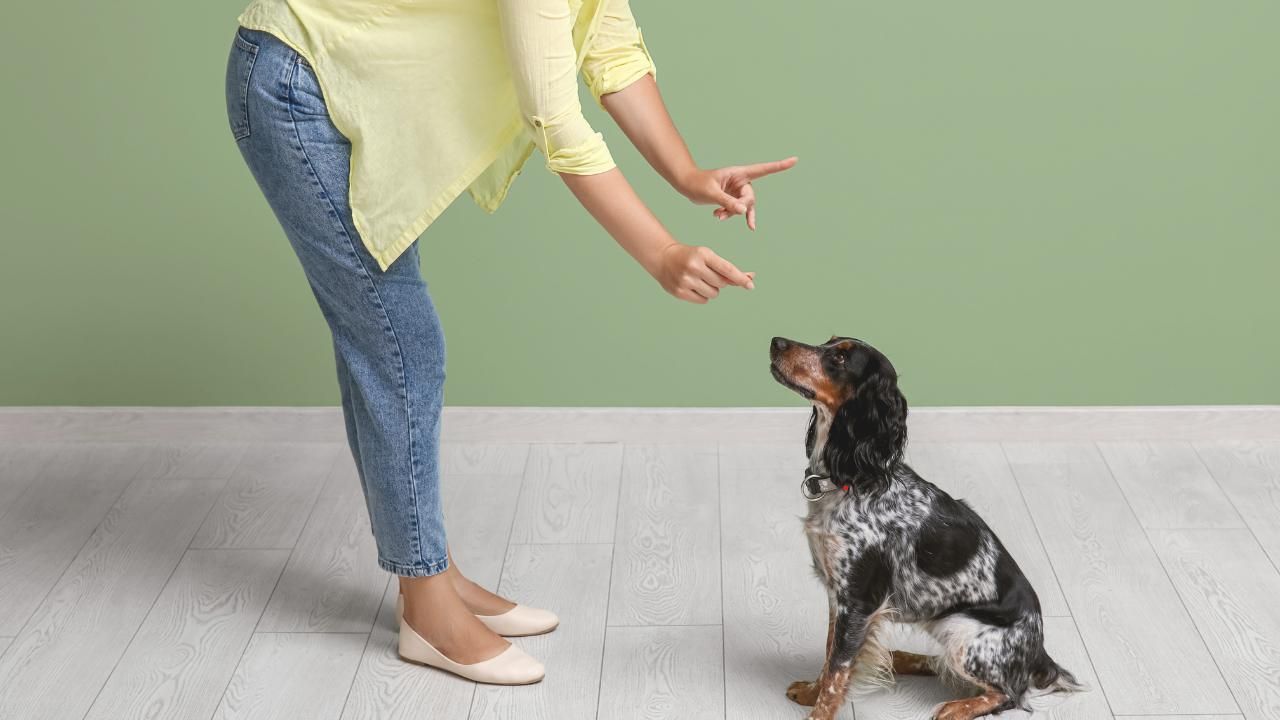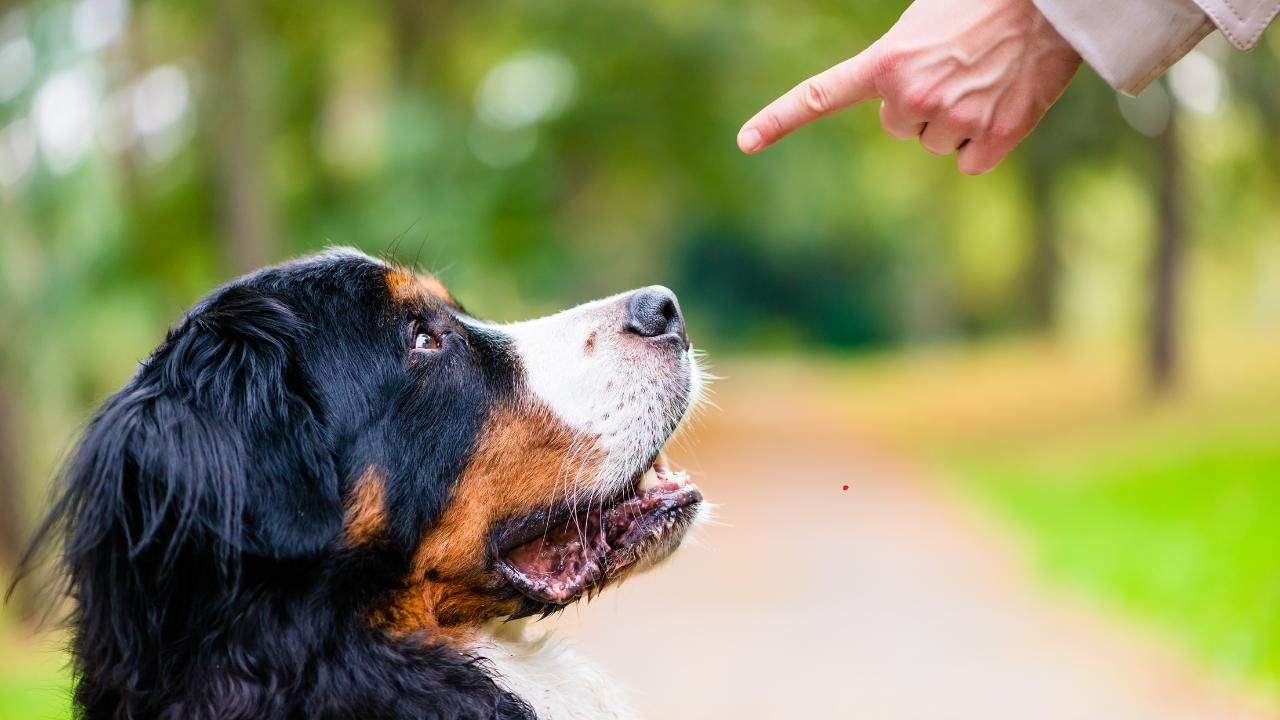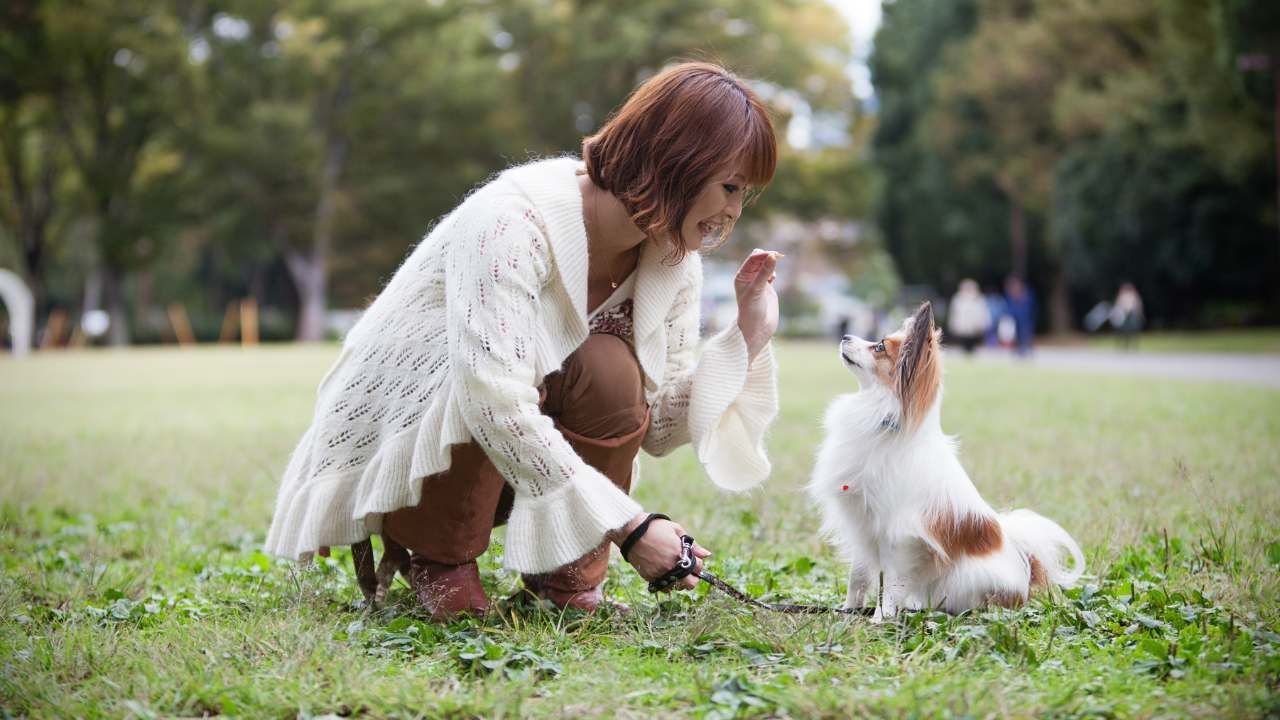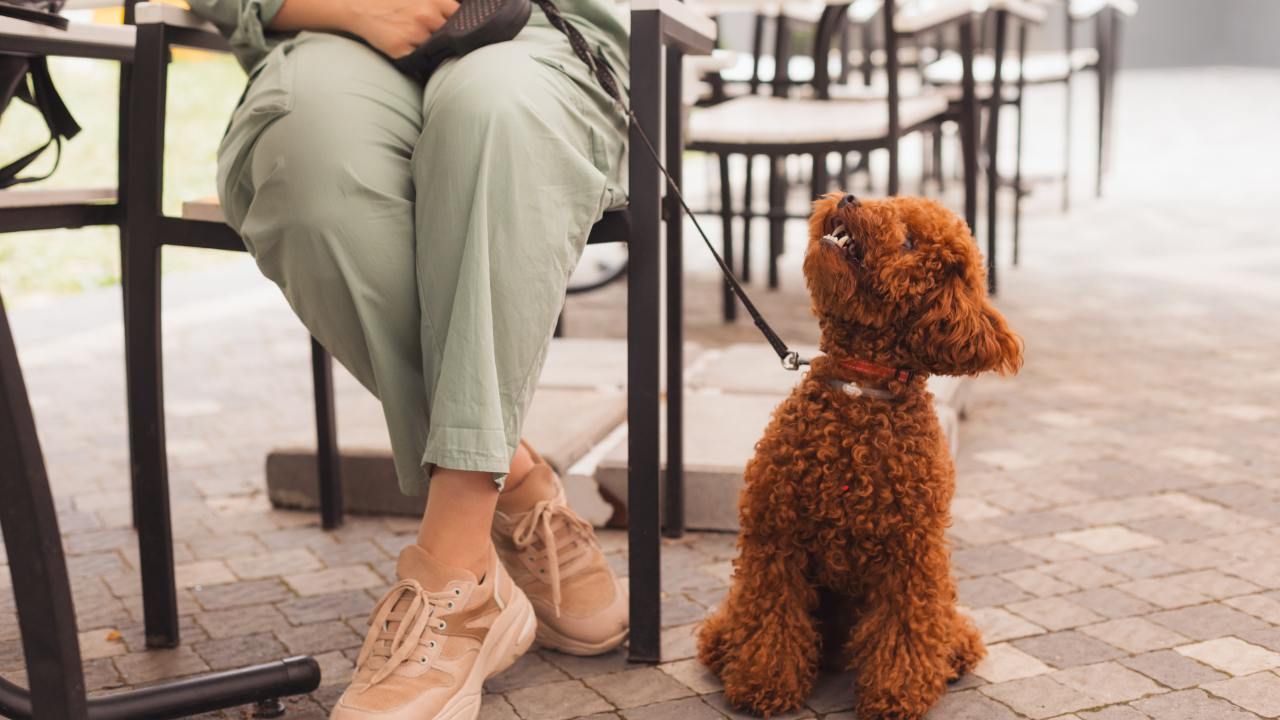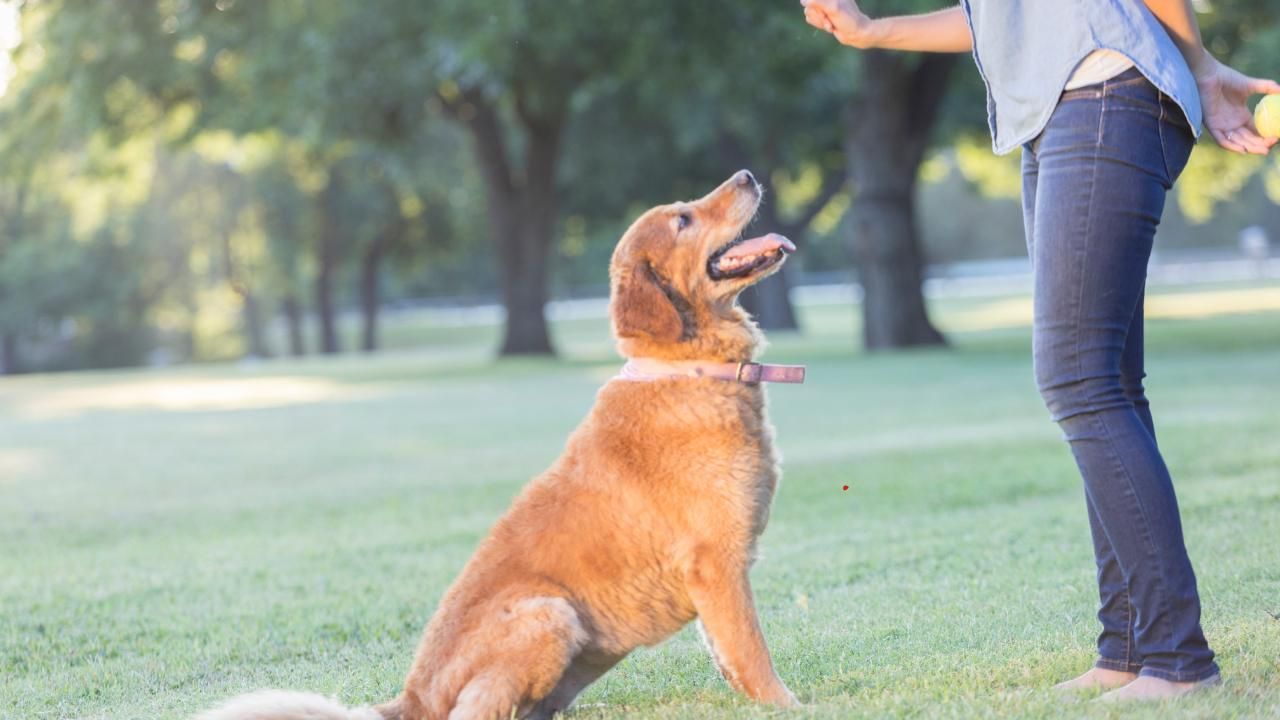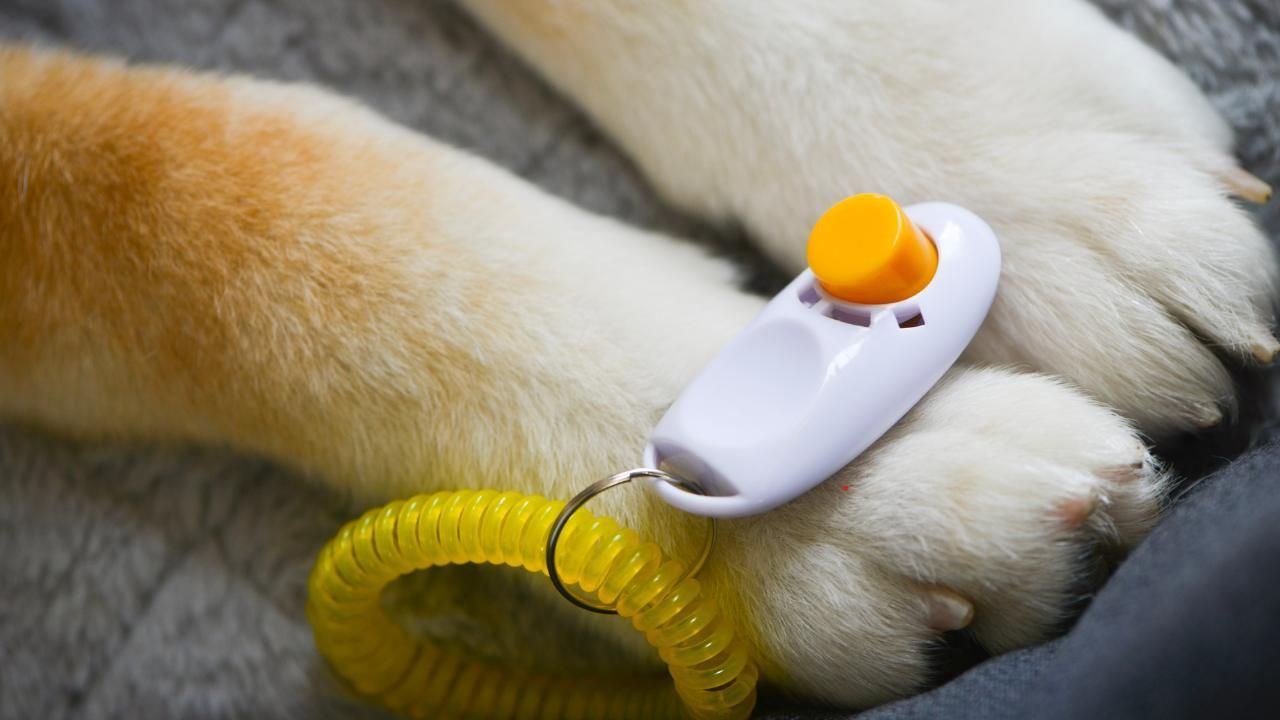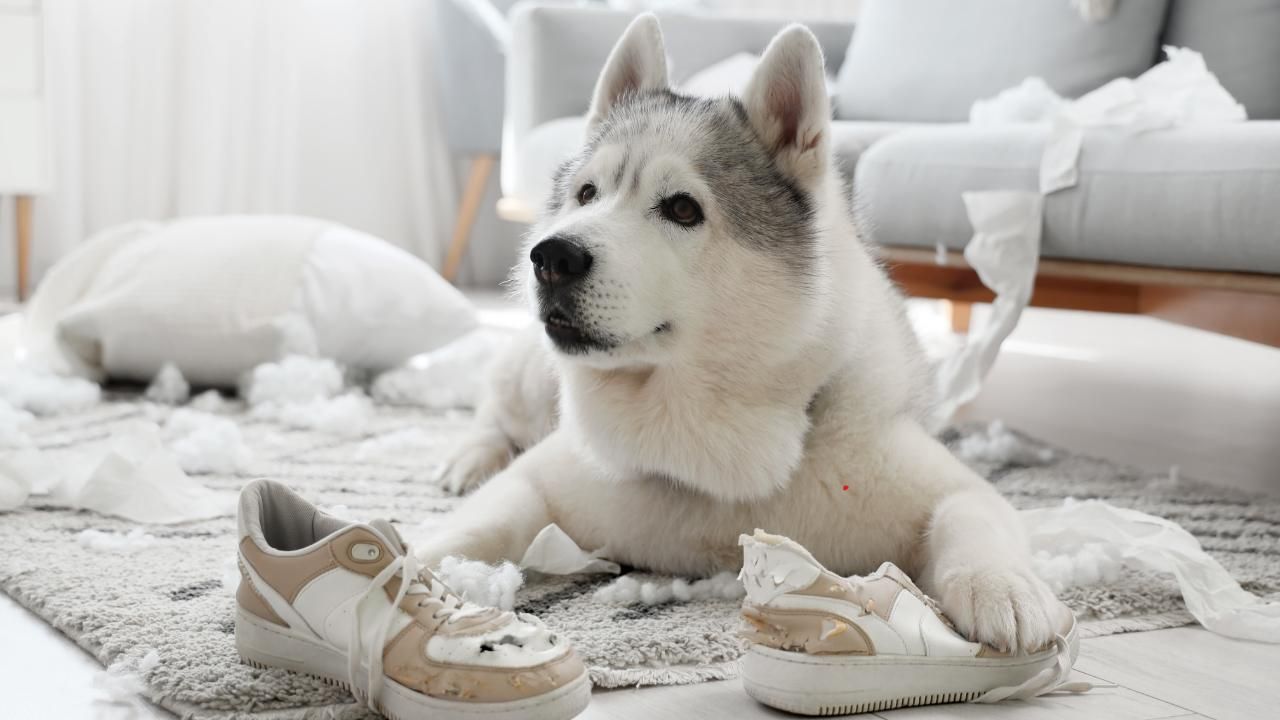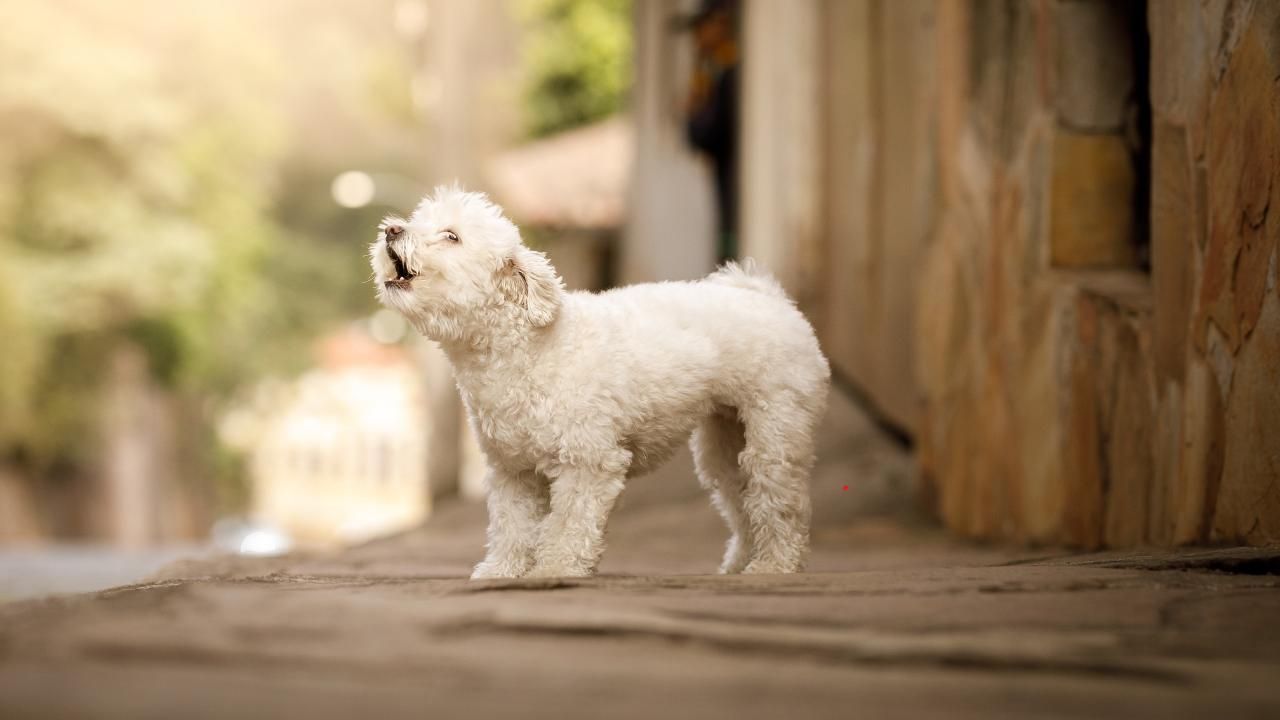How to Train Your Dog to Respond Without Treats
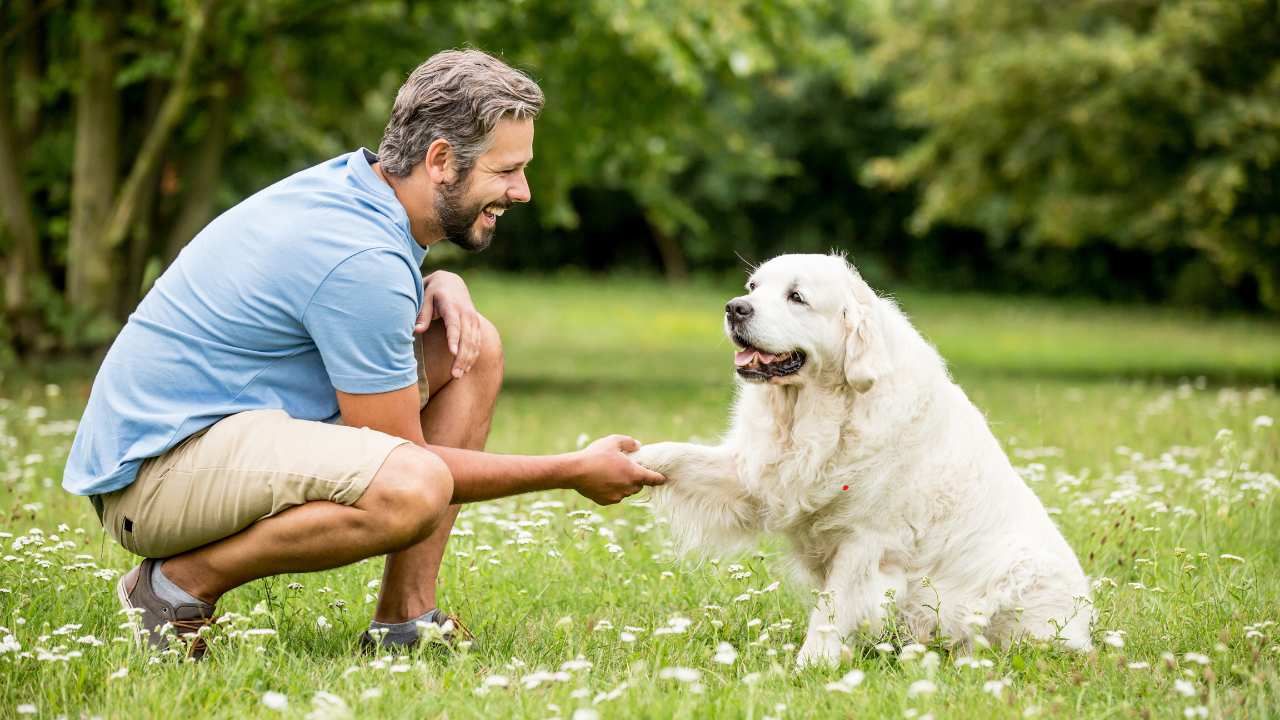
Ever wonder if your dog will listen to you without a treat in your hand? You’re not alone. Many pet owners struggle with getting their pups to obey once the snacks run out. The good news? You can absolutely train your dog to respond reliably without relying on food rewards.
In this article, you’ll learn how to make obedience natural and consistent, using trust, tone, and everyday habits—not just treats.
Understanding Why Dogs Respond to Treats
Treats are powerful because they trigger your dog’s reward center. When your pet associates a behavior with something tasty, they’re more likely to repeat it. But over time, if treats are the only motivator, your dog may start tuning you out when the snacks disappear.
That’s why balanced training matters. Whether you have a young puppy or just brought home one of the Bernedoodles puppies for sale in Flagstaff AZ from Doodling Pups, LLC, building communication that goes beyond food is key to raising a confident and well-behaved companion.
Step 1: Start With Verbal Praise and Affection
Dogs crave approval from their humans. Start pairing every command with verbal praise and gentle affection—things like,
- “Good boy!” with an upbeat tone
- A scratch behind the ear or gentle chest rub
- Eye contact followed by a happy expression
When your dog realizes that your approval itself is rewarding, their focus naturally shifts from treats to you.
Pro tip: Your energy matters. Stay calm but enthusiastic. If you sound annoyed or frustrated, your dog picks up on it instantly.
Step 2: Use Play as a Reward
Playtime can be just as motivating as treats. Some dogs are food-driven, while others thrive on fun and interaction.
Try using these as alternative rewards:
- Tug-of-war with a favorite toy
- A quick game of fetch
- Letting your dog explore a new area or sniff around
By rotating between praise, affection, and play, you’ll teach your pup that listening leads to good things, even without food.
Step 3: Reinforce Consistency and Routine
Dogs learn best when they can predict what happens next. If “sit” earns attention every single time, your dog learns to obey—treat or no treat.
Keep your commands short, clear, and consistent. Say “stay” instead of “stay there, please,” and use the same tone every time.
Over a few weeks, start skipping treats occasionally but keep the praise strong. Slowly, your dog will respond because the habit itself becomes rewarding.
Step 4: Build Real-World Reliability
Once your dog understands a command indoors, it’s time to take training to the real world—outside, where distractions live.
- Practice in the yard, on walks, or at the park
- Gradually increase distance and duration
- Reward only the best responses to strengthen discipline
This transition stage is where patience pays off. Dogs that obey reliably in public settings have learned to connect their owner’s voice, not treats, with leadership.
Case Study: The Consistent Bernedoodle
One owner from Arizona adopted a Bernedoodle from Doodling Pups, LLC’s current litters and began training early. At first, their pup would only “sit” or “come” when food was visible. But after replacing treats with playful praise and consistent practice, the dog’s behavior transformed. Within two months, commands became second nature—no snacks required.

